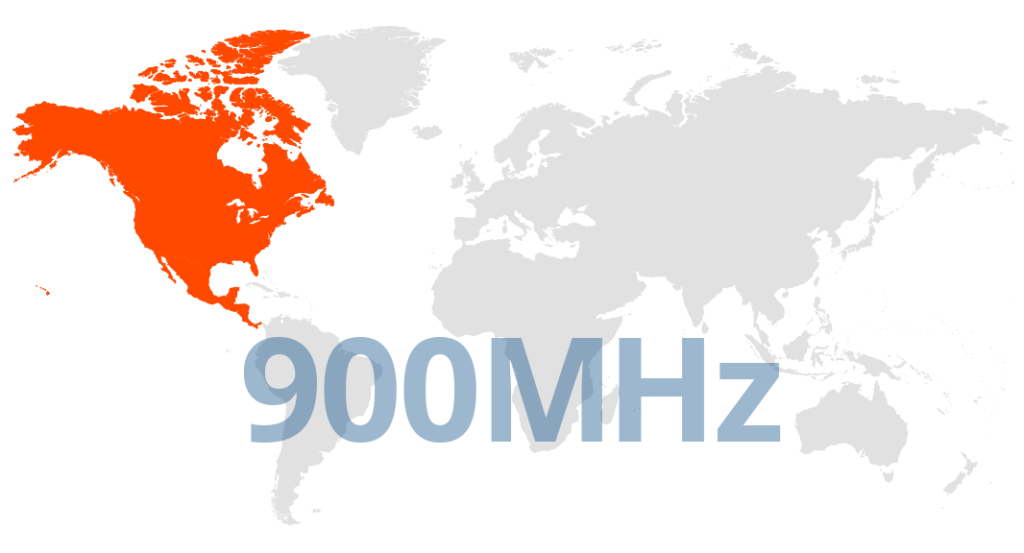Industrial IoT Wireless RS232 Modem
Highlights
- Industrial Grade IoT Wireless RS232 Modem
- Screw Terminal Connector
- Connect with PLC, SCADA or any Industrial Computer
- Operating Temperature Range -40 to +85 °C
- 5V-32V DC Input Voltage Range
- Includes Power Supply and Serial Cable
- Works With PC, MAC, Linux and Edge Gateway
- 2 Mile Range with On-Board Antenna
- Interface to Windows, Linux, and Mac Computers
- Connect to Embedded Systems and Industrial Computers
- Wireless Mesh Networking using DigiMesh®
- Includes Power Supply and DB-9 RS-232 Serial Cable
Long Range Wireless Sensors
Our long range wireless enterprise series sensors are an easy to use and reliable start to any data aggregation application. This video will demonstrate how they work, what they do, and how to use them.
Industrial IoT Wireless RS232 Modem
Connect to the entire NCD wireless sensor ecosystem to your PC or industrial computer using the NCD Wireless RS232 Modem. This Industrial IoT Wireless RS232 Modem makes it easy to communicate with NCD wireless sensors using RS232/Serial communications. Simply plug it in and open the serial port. Sensor data will start streaming in from all sensors within wireless reach. With a 2-Mile range (line of sight), this device operates at 900MHz for deep penetration through trees, foliage, and even some buildings. With integrated Mesh networking, this device also acts as a repeater for sensor data. Designed to work with any operating system that supports COM communications. This RS232 modem was designed for indoor use only. Includes a 12VDC Power Supply and 6′ DB9 Male to Female RS-232 Serial Extension Cable. Node-Red is currently supported with this device, making it easy to build dashboards of NCD wireless sensors. For indoor use only.
What Frequency Do I Need?
Range and Frequency of NCD Wireless Sensors
During purchase, you will see three frequency options. Not all options are legal for use in all areas, so it’s important to make the right selection during purchase. We will build your product and accessories based on the options chosen. Here, we will explain these options in much greater detail, but please check your local laws BEFORE purchase.
900MHz for North America (U.S., Canada, and Mexico)
If you are located in North America, the 900MHz Option will provide the longest range currently supported with the best penetration through walls, buildings, industrial equipment, and trees. This option is also the best choice for long range applications.

900MHz Wireless Sensor Range
The official Line of Sight rating for this option is 2 Miles with included antennas or 28 Miles with high-gain antennas. These distances are characterized for direct line of sight applications with no obstructions. Real-world range will vary greatly depending on surrounding buildings, trees, and other objects that may cause reflections or interfere with the transmission. 900MHz has excellent RF penetration characteristics, and we have successfully completed installations in excess of of a half mile on a automotive factory floor with active robots in between. We have also seen excellent penetration in mild radioactive installations making this a possible candidate for use in nuclear energy applications.
We suggest contacting Digi.com for a high-gain antenna recommendation if required. Please check your local laws before choosing this option.
868MHz for Europe Only

If you are located in Europe, the 868MHz Option is the longest range choice available at this time. This option offers better penetration through walls, buildings, trees, and industrial equipment than 2.4GHz. The official line of site rating for this option is 14.5km using 2.1dBi antennas. Please check your local laws before choosing this option.
2.4Ghz for Worldwide Use
The 2.4GHz option should be chosen if 900MHz and 868MHz are not legal for use in your country. This option is now certified for use worldwide, including Europe, United States, Japan, Australia, Brazil, and South Korea. Please check your local laws before choosing this option just in case 2.4GHz is not legal in your area.
Not Sure?
If you are unsure of which sensor option to choose, please contact us. We may be able to help determine which sensors are legal for use in your area.
Mechanical Drawing

Wiring Diagrams
Essential
Documentation Downloads
Requires a 12VDC Power Supply (Included with Purchase). For indoor use only.
This device is compatible with X-CTU, Also Supporting Firmware Updates and Advanced Settings of Wireless Communications Module (digi.com).
This device operates at 900MHz/868MHz and 2.4GHz and converts raw sensor data into raw serial data . Compatible with Alpha Station https://ncd.io/alpha
900HP-S3B Wireless Compatibility Notes
Notice: Compatibility Notes Does NOT Apply to the Following Products:
- NCD Enterprise Solutions
- NCD Wireless Sensors
- NCD Enterprise Modems and Gateways
Notice: Compatibility Notes Applies to NCD Industrial Products, Including Fusion, ProXR, ProXR Lite, Taralist, and Reactor Series Products.
Compatibility Notes
When using an 900HP-S3B communication module, it is essential that you use the ZIGMO_PCB to configure the module settings. Long-Range wireless sensors may be programmed over the air without removing the communications module.
A 900HP-S3B Modem or a gateway of some kind that support the 900HP-S3B communications module will also be required.
RS-232 Serial Compatibility Notes
The NCD RS-232 Serial communications module is compatible with standard RS-232 signals (+/-10VDC), which are not directly compatible with UART signals from a microprocessor. If you are working with Arduino, Microchip PIC, or other common microcontroller, a communications module is not required. Microcontrollers will directly talk to the on-board processor of all NCD controllers.



